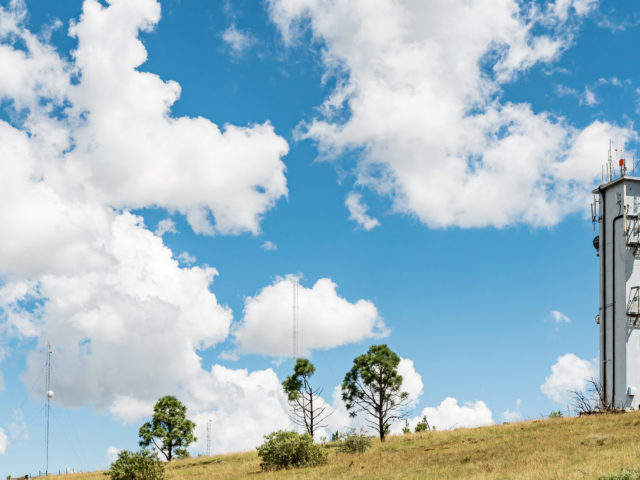Modern physics knows a great deal about how the universe works, from the grand scale of galaxies down to the infinitesimally small size of quarks and gluons. Still, the answers to some major mysteries, such as the nature of dark matter and origin of gravity, have remained out of reach.
Caltech physicists and their colleagues using the Large Hadron Collider (LHC) at the European Organization for Nuclear Research (CERN) in Geneva, Switzerland, the largest and most powerful particle accelerator in existence, and its Compact Muon Solenoid (CMS) experiment have made a new observation of very rare events that could help take physics beyond its current understanding of the world.
The new observation involves the simultaneous production of three W or Z bosons, subatomic “mediator particles” that carry the weak force—one of the four known fundamental forces—which is responsible for the phenomenon of radioactivity as well as an essential ingredient in the sun’s thermonuclear processes.
Bosons are a class of particles that also include photons, which make up light; the Higgs boson, which is thought to be responsible for giving mass to matter; and gluons, which bind nuclei together. The W and Z bosons are similar to each other in that they both carry the weak force but are different in that the Z boson has no electric charge. The existence of these bosons, along with other subatomic particles like gluons and neutrinos, is explained by what is known as the Standard Model of particle physics.
Source:”Experiment at CERN makes the first observation of rare events producing three massive force carriers simultaneously”, Emily Velasco, California Institute of Technology




